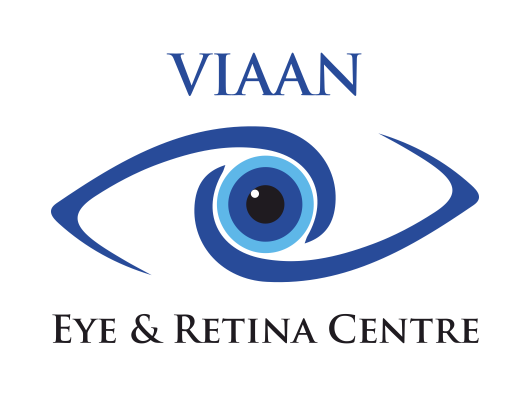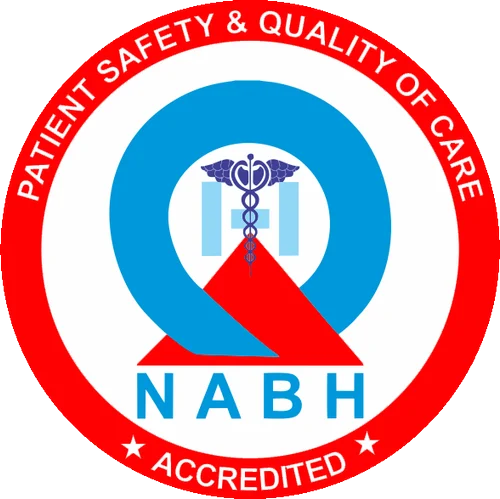Ocular Prosthetic Clinic
Ocular Prosthetic Clinic
The Ocular prosthetic Clinic at viaan eye and retina centre is a one of its kind facility equipped with State of the Art facilities and know-how needed in the preparationof different types of ocular prosthesis and their implantation
Ocular prosthesis is an artificial eye, which is implanted in patients who have lost their eye due to various causes such as trauma, surgery, cancer, or in patients with shrunken damaged eyes (phthisical eyes), congenital absence (anophthalmos) or abnormally small sized eyes (microphthalmos) with no visual potential. These conditions result in cosmetic disfigurement of the face which impactsthe patients psychologically andacts as a social stigma. . An ocular prosthesis does not provide vision; this would be a visual prosthesis. Someone with an ocular prosthesis is altogether blind on the affected side and has monocular (one sided) vision
Cosmetic rehabilitation for these patients through the implantation of ocular prosthesis helps in restoring the patients’ confidence by improving their external appearance. The Ocular prostheses are fitted behind the eyelids over a shrunken eyeball or an orbital implant placed following surgical removal of the eye.
The various ocular prostheses available are:
1. Scleral shells:
Made of thin transparent hard plastic material with central dark colored disc of paint resembling the cornea. This is implanted on patients with minimally shrunken eyeball with a total corneal opacity, which gets hidden under the central disc of dark paint.
2. Stock Shells:
These are readymade shells made of acrylic and are available in standard sizes and shapes. These are fitted
a. In patients with moderately shrunken eyeballs.
b. In Newborn / children with anophthalmos (absence of eye) or microphthalmos (abnormally small eyes).
The stock shells do not provide accurate color match when compared with the other eye.
3. Custom made prosthesis:
These are made of high quality acrylic material and are customized to fit thepatients’ eye socket (space which holds the prosthesis) accurately and hand painted to match the color of the other eye. This type of prosthesis gives optimum cosmesis with excellent symmetry and color match as they are fabricated as per the patient’s specifications.
Maintenance of Ocular prosthesis:
Adequate care and maintenance adds life to the prosthesis. Patients may experience minimal discomfort for a transient period initially,until they get adjusted to it.
Dos and Don’ts in Prosthesis care:
1. Minimal handling of the prosthesis.
i. The shell can be removed once in a month and washed well with soap and water, dried and fitted by the patients themselves. Always sleep with the prosthesis in place.
ii. A plunger is provided to every patient, which helps in easy removal and fitting of the prosthesis.
iii. Frequent removal of the shell on a daily basis may lead to discharge, watering, eyelid laxity, eyelid eversion and inadequacy of the space to fit the shell.
2. Use of lubricating eye drops over the shell.
i. Provides a smooth surface for the eyelid movements over the shell.
ii. Washes off the debris deposited on the shell surface.
3. Yearly polishing of the prosthesis
i. To ensure smooth regular surface and rounded edges thus preventing undue friction between the eyelids and the prosthesis.
ii. This prevents any inflammatory reaction such as a socket granuloma formation and giant papillary reaction in the eyelids.
4. Change of prosthesis once in every five years is ideal depending on changes taking place in the socket.
5. A full-framed protective polycarbonate glass should be worn to protect the normal eye from injury as well as camouflage the minimal differences between the normal eye and the prosthetic eye.
1. How is a custom made prosthesis made?
A patient is referred to the Ocularist for creating a custom made prosthesis when the surgeon feels that the socket wound has healed completely and is ready for a prosthesis fit. The Ocularist removes the transparent conformer placed postoperatively in the place of the prosthetic shell and an impression wax model of the socket is made using alginate. This model is then fabricated to create the white acrylic prosthesis. . The entire process takes approximately 6-8 hours and varies from patient to patient.
2. Will the artificial eye look real?
Yes. Every effort is made to ensure that the artificial eye matches the normal eye as much as possible. The artificial shells are individually made to fit the socket optimally and the colors are chosen carefully and hand painted to match the other eye.
3. Will the prosthetic shell move?
Yes. The prosthetic shell will move within the socket depending upon the type of implant and surgery that has been done. But the movement of the artificial shell will not be as much as the normal eye.
4. Will the eyelids blink over the prosthetic shell?
Yes. The eyelids blink normally over the prosthesis provided the surface of the prosthesis is smooth and even and adequately lubricated.
5. Will there be any pain / discomfort after a prosthetic shell fit?
Initially one may experience a mild discomfort or a sense of tightness following prosthesis fit. But eventually over time, one gets accustomed to the new prosthesis.
6. Will the eyelid close completely with the prosthesis in place?
Yes. The eyelids will close completely over the shell provided the socket is adequate and the shell fitted is of optimum size.
7. Will there be a color change in the prosthesis over time?
Yes. There can be a change in the color of the shell due to various reasons such as constant handling, sunlight exposure. This can be addressed by modifying the color as and when required.
8. Will wearing a prosthetic shell in one eye affect the functioning of the normal eye?
No. Wearing a prosthetic shell will not hinder the normal functioning of the other eye.
9. Is it fine to take part in sports activities with a prosthetic shell?
Yes. One can take part in sports activities with adequate protection to both the normal eye and the shell fitted eye in the form of polycarbonate glasses especially while indulging in contact sports. It is important to use protective goggles during water sports and swimming in order to prevent dislodgement of the shell as well as avoid the effects of chlorinated water on the eyes.
10. Will I be able to drive with a prosthetic shell in place?
Yes. One can drive with monocular vision and prosthetic shell in the other eye provided the vision in the normal eye is of sufficient level required for driving as per the norms of the Driving License Authorities. Initially one might face problems with depth perception and field of vision. Over time, one learns to judge distances with one eye.It is the duty of the patient to inform the Driving License Authorities and the Insurance Company regarding their one eyed status and one may be asked to undergo an eye test to prove that the visual function of the other eye is adequate for driving.


